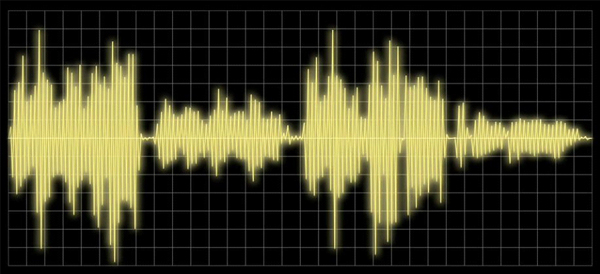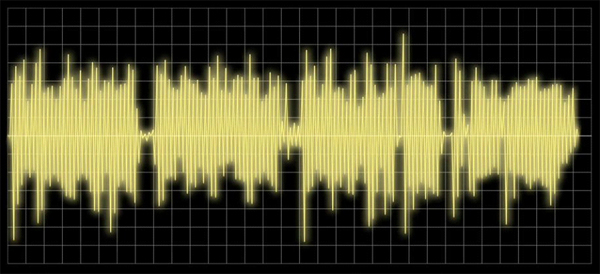In the past we've seen a lot of different articles and videos explaining what compression is and how it works. This will be different. My goal is to show you how to understand what basic compression does. The basic principles of compression is not that complicated and it's one of the single most important tools in making a good track, but learning the principles is key in understanding what it is and how it works.
Let's start with the definition of Dynamic Range Compression
DRC is a process that reduces the dynamic range of an audio signal, it simply narrows the difference between high and low audio levels or volumes. Most instruments can be very dynamic in volume and range from extremely loud to very soft. Imagine turning on your radio and it's extremely loud, the first thing that you do is turn it down. Then some days you may turn it on and can barely hear it, the first thing you do is turn it up. In a sense, you're acting as a compressor!
The principle idea is to find a comfortable volume at which to listen. Now some days you'll want it louder than others but thats a different story. With compression, we're looking at any given time, turning on your radio to a pleasant listening volume. In other words, you won't have to change the volume. Now let's look at the waveform of a song with high volumes and low volumes...

As you can see, this song starts off very loud, then it gets very quiet, then loud again, and finally quiet again. Now imagine this song being played on your radio. When it first comes on, you'll want to turn it down. Then roughly a quarter of the way into the song, you notice that you can barely hear it so you turn it back up. At the halfway point it gets loud again so you turn it back down. Then at 3/4ths, you can't hear it. This would get very frustrating after a few songs. So the answer is compression.
Let's look at the same song after you have compressed it...

The volumes of each section are closer to being the same and this means that once you've found your comfortable listening volume, you won't have to re-adjust your radio volume anymore. This song will play at a level that won't distract you and, you can actually enjoy listening to it.
So how did we get from the first picture to the second? This is the key to understanding compression; we squashed or lowered the loud volumes to match the lower volumes, then we increased the volume of the whole song back up. So for now, think of compression in two parts.
- Lowering the loud parts to match better with the low parts.
- Raising the overall volume back up.
Further Reading Related to Music Production
Last edited by a moderator:

